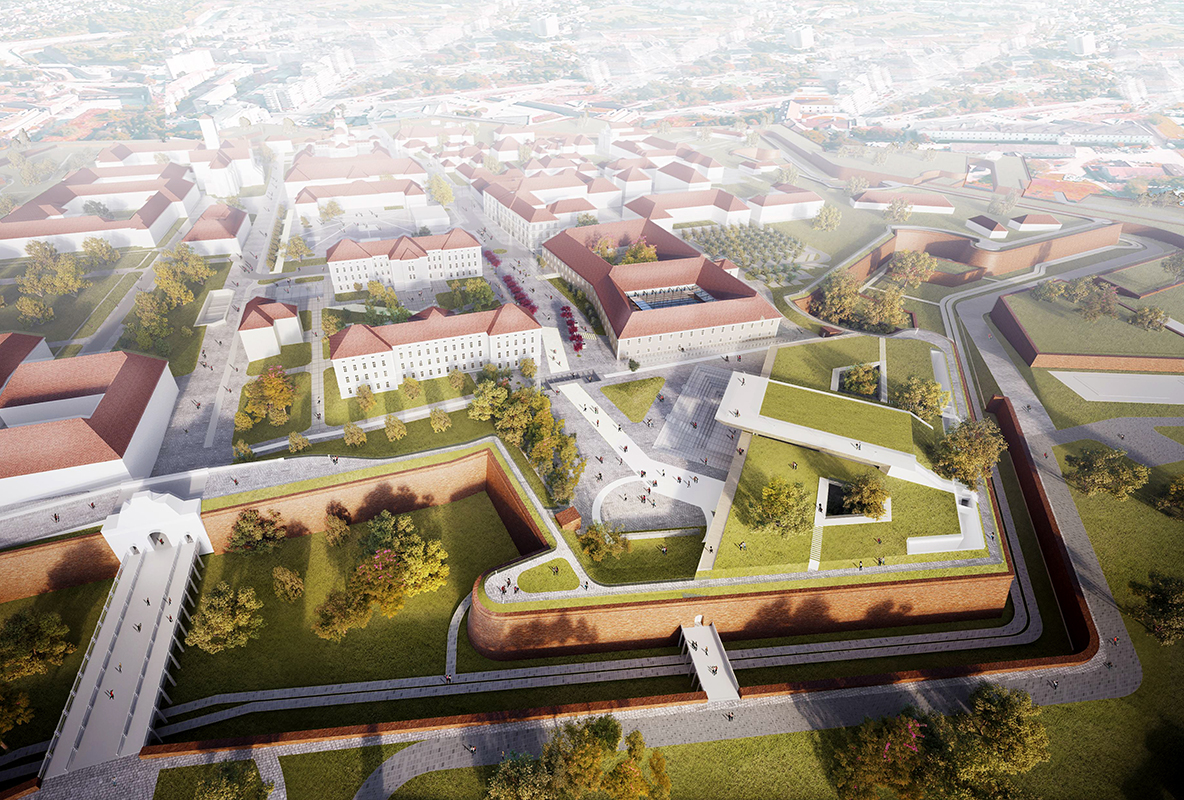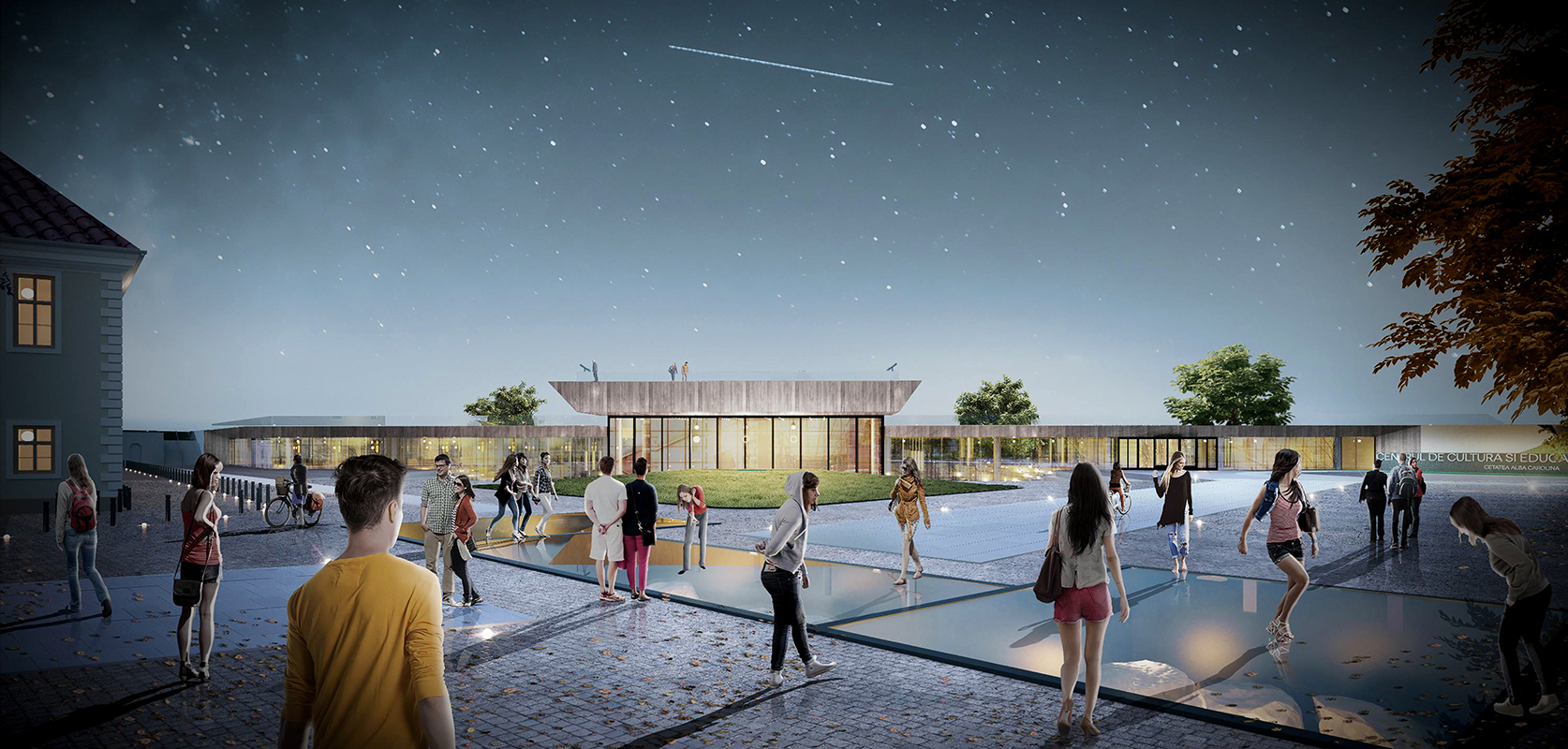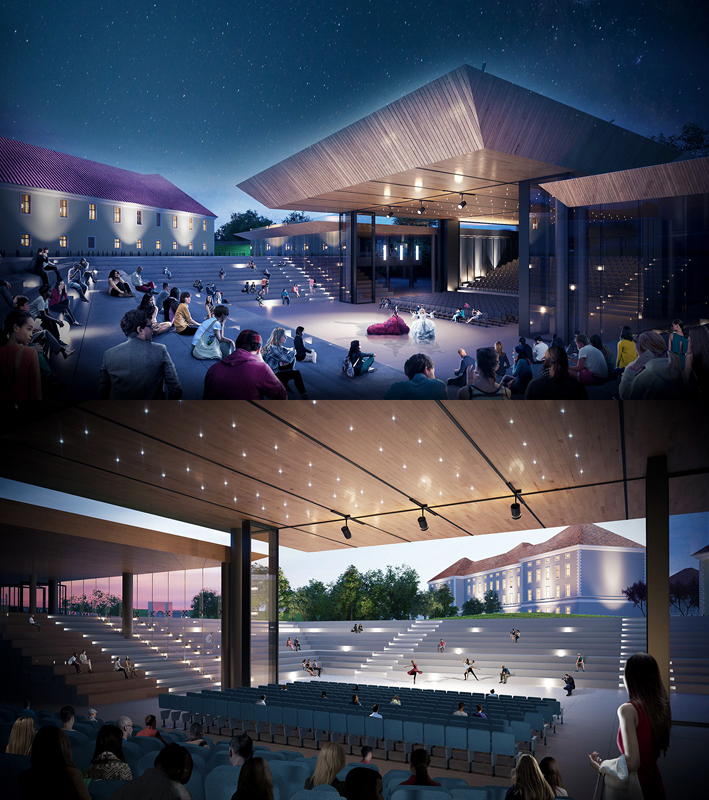Co-autori
---
Birou de arhitectură
---
Colaboratori (membri ai echipei):
---
Colaboratori externi:
---
Location:
Cetatea Alba Carolina, Alba Iulia, Alba, România
Client:
---
Buget:
---
Text de prezentare a lucrării:
Alba Iulia is currently in need of a new theatre in order to meet the cultural requirements arising as a result of the rehabilitation of the Vauban-type bastioned fortress there. The theatre which I propose inside the fortress withdraws in front of monumentality of the historical buildings, being placed where it can unfold its spaces, without their envelope harming the context. The theatre becomes a component of the underground, it self-diminishes its physical presence, leaving the context, through its own functionality and beauty, to assert itself as the main element.
The underground of the Capistrano Tower is the location chosen for the new theatre. It consists of a large area of the plateau of the fortress which is completely inaccessible to the public. Re-enabling the access of the public in this area is one of the stated purposes of this project.
The theatre connects at underground level with two buildings already existing on the site - the building of the former Bethlen Higher Academic College (XVIIth Century) and the Pub 13 restaurant, an underground eating venue inside the bastioned tower. The restaurant shall constitute the catering point for the assembly created and the building of the former college shall reclaim its educational function, becoming a vocational afterschool.
The project proposes to reopen, and also to extend certain public walkways which intersect in a place where a cultural plaza has been created, which precedes the theatre entrance. This plaza offers to the public an underground space specially designed in order to showcase the remains of the Eastern Gate of the Roman Fort.
The conceptual idea for the interior space has been dictated by the links created with the two buildings on the site with which the proposed theatre connects. The planimetry has been designed in such a way that two accessible courtyards have been placed towards the direction of the connections with the two buildings, which represent the end of the perspective for those who approach from the restaurant and afterschool via the access corridors. Once visitors reach the inner courtyards, they are already in the foyer the theatre, which “envelopes” the performance hall.
The performance hall was conceived to be flexible. The hall benefits from four different types of furnishing depending on the position of the scene and the seating tiers. The most spectacular configuration is the one in which the performance space expands to the outside through the amphitheatre.

